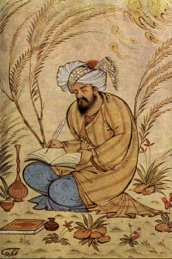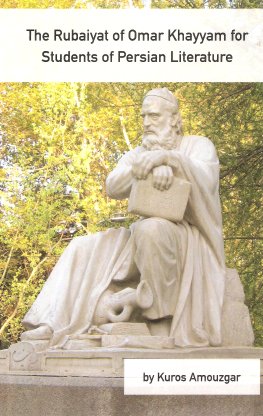 The Library of Congress opened an exhibition on March 29, titled “A Thousand Years of the Persian Book”. Purpose of the exibition is to take visitors on a visual journey of the rich literary history of Persian language, and to explore works of religion, science, modern literature, children’s books, women’s literature and the highly illustrated masterpieces of classical poetry for which Persian literature is most famous.
The Library of Congress opened an exhibition on March 29, titled “A Thousand Years of the Persian Book”. Purpose of the exibition is to take visitors on a visual journey of the rich literary history of Persian language, and to explore works of religion, science, modern literature, children’s books, women’s literature and the highly illustrated masterpieces of classical poetry for which Persian literature is most famous.
“The Moving Finger writes: and, having writ, Moves on: nor all thy Piety nor Wit Shall lure it back to cancel half a Line, Nor all thy Tears wash out a Word of it,” Khayyám wrote in “Rubaiyat,” a work that centuries later still would inspire artists from Eugene O’Neill to Agatha Christie, from Woody Guthrie to Van Morrison.
Read more in the Library of Congress Blog: http://blogs.loc.gov/loc/2014/03/a-millennium-of-persian-literature/?loclr=fbloc
 Kuros Amouzgar, educated as an engineer and living in the USA, translated the Persian text of Furughi and Ghani’s edition of the Rubáiyát, to help his children’s generation enjoy their Persian literary heritage. These children of Iranians living outside their homeland, often lack knowledge and understanding of the Persian language and literature. Khayyám is one of the most famous and well known Persian poets and his verses are easier to comprehend and to translate than other Persian poets.
Kuros Amouzgar, educated as an engineer and living in the USA, translated the Persian text of Furughi and Ghani’s edition of the Rubáiyát, to help his children’s generation enjoy their Persian literary heritage. These children of Iranians living outside their homeland, often lack knowledge and understanding of the Persian language and literature. Khayyám is one of the most famous and well known Persian poets and his verses are easier to comprehend and to translate than other Persian poets.